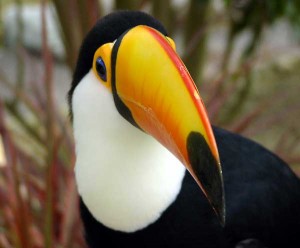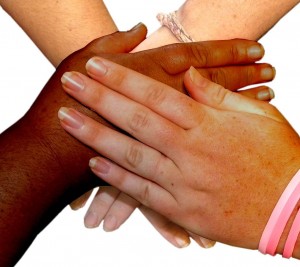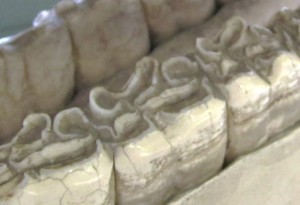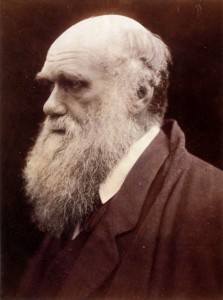Below is a video all about adaptations, evolution and how it can occur through a process called natural selection.
Finding out more
Here you see a spoonbill, a toucan and a hummingbird. Look at their beaks – and how different they are. Each of these birds has a beak that is adapted to a different diet. Can you work out which is which?
One bird has a beak that is adapted to sucking nectar from flowers (ok – so that’s a bit easy!) One bird has a beak that is adapted to catching fish (Which one?) One bird has a beak that is adapted to cracking open nuts – can you say which?
Adaptations
When we look at plants and animals, most if not all of the features we notice are evolutionary adaptations. An evolutionary adaptation is a feature of an animal or plant that helps it to survive in its environment. Spoonbills live near water and their beaks are a good shape for scooping up small fish.
People have known for a very long time that animals and plants have features that help them to survive – but scientists are not content with just noticing how things are. They also want to know why.
 How would a Toucan possibly know what kind of beak to grow? It can’t plan to give itself a beak that will help it to crack nuts. A Toucan’s beak is likely to be similar to its parents’ beaks – but that doesn’t seem to be an answer because a Toucan’s parents are also Toucans – how would they know what shape of beak to have?
How would a Toucan possibly know what kind of beak to grow? It can’t plan to give itself a beak that will help it to crack nuts. A Toucan’s beak is likely to be similar to its parents’ beaks – but that doesn’t seem to be an answer because a Toucan’s parents are also Toucans – how would they know what shape of beak to have?
This is where evolution comes in. Scientists say that animals and plants are not choosing what they look like.
The scientist who is most associated with the theory of evolution is Charles Darwin. It took Darwin many years to develop his theory – and during those years he observed, read, thought, discussed and experimented. Here is the theory that is the result of all that work – it has several steps which helps to explain why it took scientists a long time to work it out!
 In each population of animals in the same species, there are tiny little variations. You can see variations if you look at humans – everyone one of us is a little different. Look at your hands and the hands of a friend, what differences can you see. Or look at the faces of these humans – how are each of these faces different?
In each population of animals in the same species, there are tiny little variations. You can see variations if you look at humans – everyone one of us is a little different. Look at your hands and the hands of a friend, what differences can you see. Or look at the faces of these humans – how are each of these faces different?
Here is a short video on Variation…
Sometimes the little differences between the animals in a population can give some of them an advantage over others.
For example, suppose there is a group of animals that live on grass. The animals are similar but some of them happen to have teeth that have bigger ridges compared with other animals.

Suppose teeth that have bigger ridges are better at grinding blades of grass. These animals are more likely to survive if the grass is tough and hard to chew. As they are more likely to survive, they are also more likely to have offspring. Now let’s say that ridged teeth is something that parents pass to their offspring.
This means that in the next generation, many animals have ridges on their teeth. Among them, some are more likely to survive – perhaps again those with BIGGER ridges. With each new generation, animals are born with bigger and bigger ridges on their teeth – until bigger is no longer better.
In other words … within a population of animals, all the animals are a little bit different to each other – this is called variation.
Sometimes one of these little differences gives an animal an advantage. The animal has a greater chance of breeding and producing offspring. This is called natural selection.
Those offspring are likely to be similar to their parents and may inherit that difference too.
Over many generations, these little differences can really add up
… Or in other words, if you could travel back in time to see the Earth millions of years ago, you would find animals and plants that you can’t see today..
Science moving on

Darwin’s book was published in 1859 – and since then, our understanding of evolution has advanced further. Now, we not only know more about evolution, we can also use this knowledge to help us solve problems around the world – from tackling diseases that are inherited, or contracted from viruses and bacteria, to improving agriculture, computer technology and even space flight!
Here is an educational video on how evolution works…
